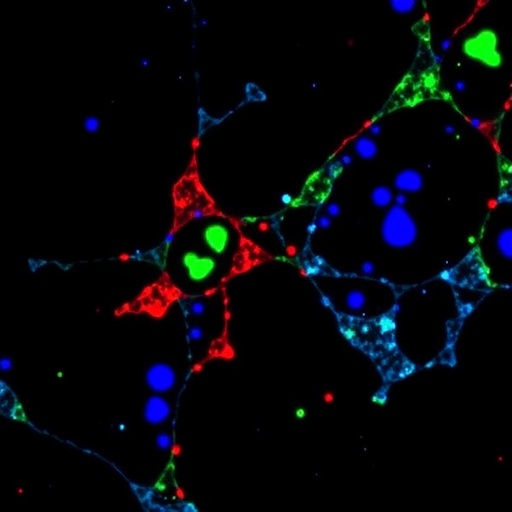Chicken is a favorite, inexpensive meat across the globe. But the bird's popularity results in a lot of waste that can pollute soil and water. One strategy for dealing with poultry poop is to turn it into biofuel, and now scientists have developed a way to do this by mixing the waste with another environmental scourge, an invasive weed that is affecting agriculture in Africa. They report their approach in ACS' journal Energy & Fuels.
Poultry sludge is sometimes turned into fertilizer, but recent trends in industrialized chicken farming have led to an increase in waste mismanagement and negative environmental impacts, according to the United Nations Food and Agriculture Organization. Droppings can contain nutrients, hormones, antibiotics and heavy metals and can wash into the soil and surface water. To deal with this problem, scientists have been working on ways to convert the waste into fuel. But alone, poultry droppings don't transform well into biogas, so it's mixed with plant materials such as switch grass. Samuel O. Dahunsi, Solomon U. Oranusi and colleagues wanted to see if they could combine the chicken waste with Tithonia diversifolia (Mexican sunflower), which was introduced to Africa as an ornamental plant decades ago and has become a major weed threatening agricultural production on the continent.
The researchers developed a process to pre-treat chicken droppings, and then have anaerobic microbes digest the waste and Mexican sunflowers together. Eight kilograms of poultry waste and sunflowers produced more than 3 kg of biogas — more than enough fuel to drive the reaction and have some leftover for other uses such as powering a generator. Also, the researchers say that the residual solids from the process could be applied as fertilizer or soil conditioner.
###
The authors acknowledge funding from Landmark University (Nigeria).
The abstract that accompanies this study is available here.
The American Chemical Society is a nonprofit organization chartered by the U.S. Congress. ACS is the world's largest scientific society and a global leader in providing access to chemistry-related research through its multiple databases, peer-reviewed journals and scientific conferences. ACS does not conduct research, but publishes and publicizes peer-reviewed scientific studies. Its main offices are in Washington, D.C., and Columbus, Ohio.
To automatically receive news releases from the American Chemical Society, contact [email protected].
Follow us on Twitter | Facebook
Media Contact
Katie Cottingham
[email protected]
301-775-8455
@ACSpressroom
http://www.acs.org
############
Story Source: Materials provided by Scienmag




